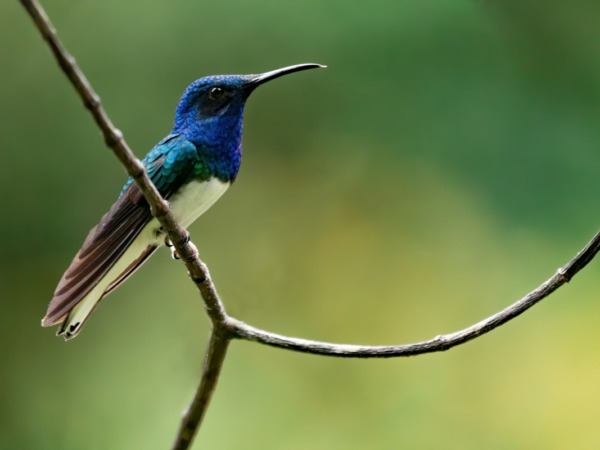The White-necked Jacobin (Florisuga mellivora) is a rather large, spectacular hummingbird of humid tropical lowlands that favors forest edges, adjacent clearings with scattered trees and flowering bushes, and gardens. Feeds at all levels, often in the canopy, hovering with its tail cocked and occasionally opening it to show extensive white.

Map
Reserva Natural Palmari
Reserva Natural Palmari in Colombia is a pristine Amazon rainforest reserve. It provides a habitat for a diverse array of wildlife, including monkeys, sloths, jaguars, and countless bird species. The...Parque Nacional Natural Amacayacu
Parque Nacional Natural Amacayacu in Colombia showcases the incredible biodiversity of the Amazon rainforest. It is home to diverse species, including monkeys, pink river dolphins, jaguars, and an array of...
Río Claro Natural Reserve
The Rio Claro Natural Reserve has implemented a sustainable development model whose main objective is the conservation of the last tropical forests that exist in the basin of the Rio...Montezuma Rainforest Natural Reserve (Tatamá)
Reserva Natural Montezuma in Colombia is a tropical rainforest reserve known for its stunning waterfalls and lush vegetation. It is home to various wildlife species, including monkeys, colorful birds, reptiles,...
El Sutu (Mistrato)
El Sutu (Mistrato) is located north of the municipality of Mistrato (Risaralda), is characterized by having a Choco Montano ecosystem, giving it the privilege of having a great variety of...